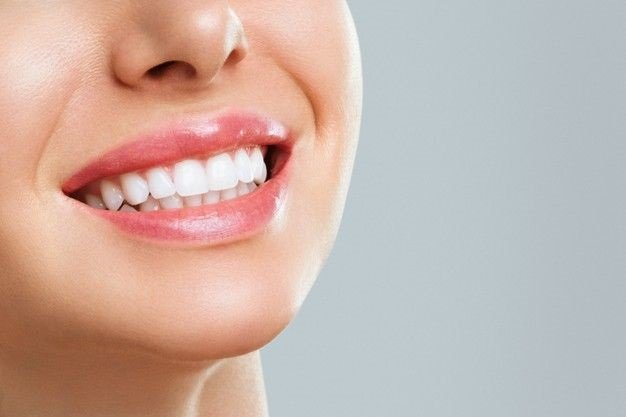Teeth straightening has evolved over the years, offering more choices than ever before. Whether you’re looking for a more confident smile or improved oral health, it’s important to understand your options. In this guide, we’ll explore various teeth straightening methods, their benefits, and how they differ from other dental treatments like teeth whitening.
What is Teeth Straightening?
Teeth straightening refers to treatments designed to correct misaligned teeth, ensuring a healthier bite and a more aesthetically pleasing smile. It’s not just about looks—straight teeth can help with oral hygiene by making it easier to clean your teeth, reducing the risk of cavities and gum disease.
Why Consider Teeth Straightening?
Many people think teeth straightening is only about achieving a beautiful smile, but it’s much more than that.
Crooked or misaligned teeth can cause more than just cosmetic concerns; they can also impact your oral health and overall functionality. Straightening your teeth makes them easier to clean, reducing the risk of cavities and gum disease. Additionally, correcting misalignment can improve your bite, helping to prevent jaw pain and making chewing more comfortable. Beyond the health benefits, a straighter smile can significantly boost your confidence in both personal and professional settings.
Common Teeth Straightening Methods
Today, teeth straightening isn’t limited to metal braces. From clear aligners to lingual braces, modern dentistry offers various methods to fit your lifestyle and dental needs.
- Traditional Metal Braces: Metal braces have been around for decades and are still a highly effective way to straighten teeth. They consist of metal brackets and wires that gradually shift teeth into the desired position. While they may be more noticeable than other options, they’re often more affordable and can treat even complex dental issues.
- Clear Aligners (e.g., Invisalign): Clear aligners, such as Invisalign, are a popular alternative to traditional braces. These custom-made, transparent trays fit snugly over your teeth, gradually moving them into place. Aligners are removable, making them more convenient for eating and brushing. They’re an excellent choice for those who want a nearly invisible solution.
- Lingual Braces: If you want the effectiveness of metal braces without visible brackets, lingual braces might be the solution for you. These braces are placed on the back of your teeth, making them virtually invisible. Lingual braces work similarly to traditional braces but are more discreet.
- Ceramic Braces: Ceramic braces use clear or tooth-colored brackets, making them less noticeable than metal braces. They are ideal for those who want the reliability of traditional braces but with a more aesthetic look.
Costs of Teeth Straightening in the UK
The cost of teeth straightening depends on the method you choose. Metal braces are often the most affordable option, ranging from £1,500 to £3,000. Clear aligners like Invisalign tend to be more expensive, costing between £2,000 and £5,000. It’s essential to consult with your dentist to get an accurate quote based on your treatment plan.
Who is a Good Candidate for Teeth Straightening?
If you have any of the following issues, you may benefit from teeth straightening:
- Crooked or crowded teeth
- Gaps between teeth
- Overbite, underbite, or crossbite
- Difficulty chewing due to misalignment
How Long Does Teeth Straightening Take?
The treatment length varies depending on the method and complexity of the case. On average:
- Gum Disease and Periodontitis: Tartar can cause inflammation and infection of the gums, leading to gum disease. If left untreated, this can progress to periodontitis, a severe form of gum disease resulting in tooth loss.
- Tooth Decay and Loss: Tartar can erode the enamel, leading to cavities and tooth decay. Severe decay can cause tooth loss.
- Impact on Overall Health: Poor dental health has been linked to various systemic conditions, including heart disease and diabetes.
Maintaining Tartar-Free Teeth
To keep your teeth free from tartar in the long term:
- Traditional Braces: 18 months to 2 years
- Invisalign: 6 months to 18 months
- Retainers: Lifetime wear may be recommended to prevent teeth from shifting.
Conclusion
Teeth straightening is an excellent investment in your smile and overall oral health. Whether you choose traditional braces, clear aligners, or another method, it’s essential to consult a dentist to determine which option is best for you. Straight teeth are easier to care for, reducing your risk of cavities and gum disease while boosting your confidence. Warwick Lodge Dental is here to guide you every step of the way.
If you’re ready to start your journey to a straighter, healthier smile, book a consultation today with Warwick Lodge Dental.

